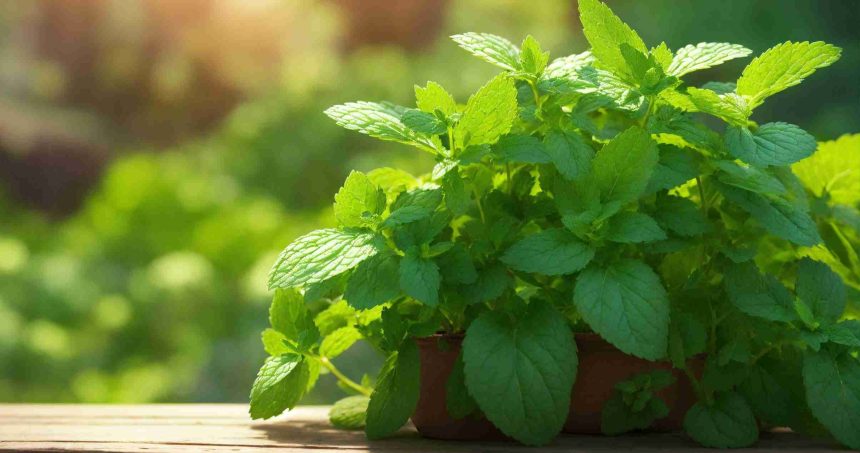Basil is one of the most popular herbs grown in home gardens. It’s sweet flavor and aroma enhance many dishes, especially Italian favorites like pesto and caprese salad. While basil is easy to grow, you can optimize your harvest by interplanting it with beneficial companion plants. The right companions will deter pests, increase yields and even enhance basil’s tantalizing taste.
Why Is Basil a Great Companion Plant?
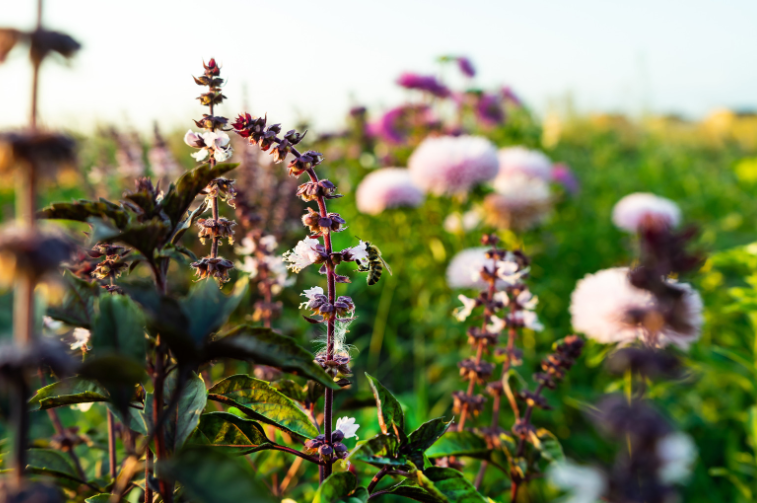
- Natural Pest Repellent Basil produces a strong aroma that drives away many common garden pests like aphids, mosquitoes, fruit flies and spider mites. Those powerful scented oils can help protect your other plants too!
- Drought Tolerant Once established, basil has an impressive ability to tolerate dry conditions. This makes it an ideal low-maintenance planting partner.
- Attracts Beneficial Insects While repelling pests, the nectar from basil’s tiny flowers actually attracts pollinators and predatory insects that are beneficial for the garden.
- Soil Nutrients Through a process called nutrient accumulation, basil’s roots absorb a great deal of nutrients and minerals from the soil. When the plant dies back, those nutrients are released and available for neighboring plants.
Why Grow Companion Plants?
Companion planting is the practice of strategically planting different crops together so they can help each other thrive. Certain plant pairings have synergistic effects—the whole is greater than the sum of it’s parts.
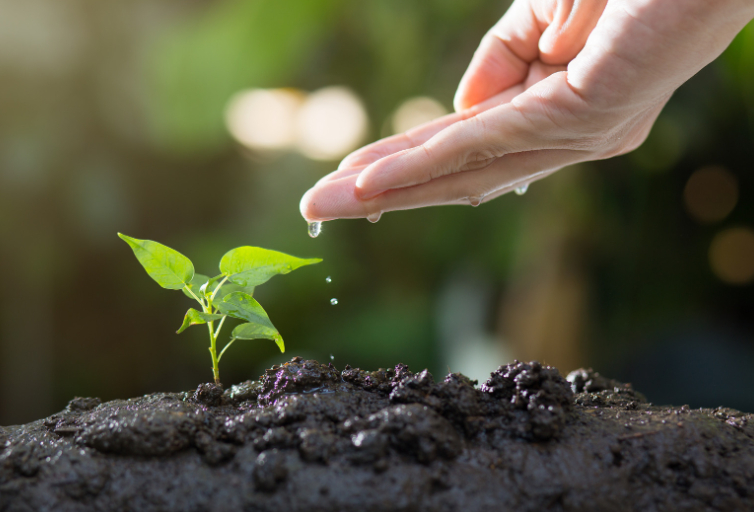
Interspersing basil with selective companion plants results in:
Pest Control
Some plants naturally repel or confuse pests that attack basil. Onions, garlic and chives deter aphids, Japanese beetles and other insects. Marigolds exude chemicals from their roots that suppress nematodes in the soil.
Having pest-fighting plants nearby means less damage to your basil crop. And you’ll avoid having to use chemical pesticides which can kill beneficial insects.
Improved Pollination
Bees and other pollinators are attracted to the flowers of basil’s friends, like borage, calendula and oregano. With more pollinators flying around your basil, you’ll get better fruit production if you let your plants bloom.
Enriched Soil
Certain companions like cover crops and nitrogen-fixers (beans and peas) improve soil health when interplanted with basil. They increase microbial activity, add organic matter and infuse the soil with important nutrients.
Higher Yields
With enriched soil, proper pollination and fewer pests, your basil will be healthier and more productive alongside well-matched companion plants.
Enhanced Flavor
Some basil companion plants actually make it’s leaves taste better! Onions, borage, lemon balm and other aromatics influence flavor through shared compounds.
Now let’s look at the best companion plants to grow with basil.
Best Companion Plants for Basil

Many vegetables, herbs and flowers make great companions for basil in the garden. Here are some all-star pairings:
Tomatoes
Tomato plants give basil some refreshing shade while basil helps deter tomato-munching pests with its strong scent.
Peppers
Pepper plants are always down to hang with their pal basil. Somehow basil’s aroma makes peppers taste even better while also playing defense against pesky critters.
Onions & Garlic
All alliums deter many common insect pests, protecting nearby basil from damage. Their pungent scent confuses bugs, sending them flying in the other direction.
Onions and garlic also infuse basil’s flavor with extra zing. The sulfur compounds they contain enhance similar flavors notes in basil’s essential oils.
Asparagus
Perennial asparagus makes a great permanent neighbor for basil in annual crop rotations. Their root systems occupy different depths of soil, avoiding competition for resources. And asparagus ferny foliage provides shade that helps keep basil’s soil cool and moist.

Lettuce & Spinach
Lettuce and spinach also provide living mulch groundcover to keep weeds in check and lock moisture in the soil. Just be sure to harvest them before they start crowding your basil.
Parsley
Like basil, parsley is an easy-to-grow, versatile herb that enjoys similar growing conditions. Flat and curly leaf varieties make great edging plants around basil. Their lacy leaves contrast beautifully while deterring pests with their own essential oils.
Chives
Onion chives share space extremely well with basil, above and below ground. These grassy herbs don’t compete much for nutrients. And their shallow fibrous roots and hollow leaves promote good soil structure for proper drainage.
Plus, chives help mask basil’s scent from pests while imparting a nice subtle onion flavor. An added benefit: both basil and chives flower at the same time, creating a pollinator bonanza!
Borage
Also known as starflower, borage is one of the best companion plants for basil. It’s vibrant blue edible flowers attract loads of beneficial bees and wasps to pollinate your garden all season long. And it allegedly makes basil’s flavor even better—some say the combination tastes like basil and oregano had a flavor baby!
Marigolds
Marigolds are tiny insect body guards! They emit a “leave us alone” scent that keeps pests away from basil and the whole garden crew.
Getting the Most out of Companion Planting
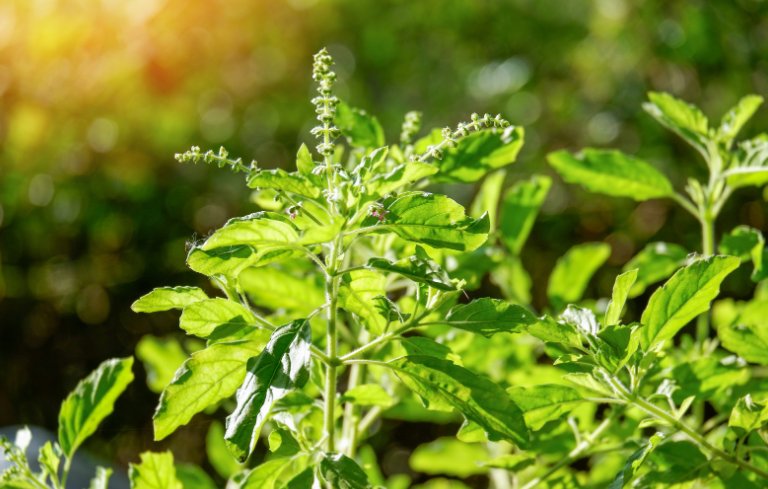
Now that you know the best companions for basil, let’s cover some tips to make this beneficial plant partnership work:
Give Them Room
While interplanting builds synergies between crops, plants still need adequate space for healthy growth. Avoid cramming companions too closely together. Follow recommended planting distances and densities. This ensures proper air circulation and light exposure.
Improve the Soil
Build up your garden beds with several inches of high-quality compost or aged manure before planting. This biological inoculant supplies a balanced feast of nutrients and beneficial microbes to feed good plant health. Maintain soil fertility by adding more compost or organic fertilizer mid-season.
Use Containers
Don’t have an in-ground garden? You can still companion plant! Mixed plantings work great in containers. Choose large pots and size-appropriate varieties with complementary growth habits. For example: bush basil with patio tomatoes and lettuce; or tall tomato varieties with sweet basil and nasturtium cascades.
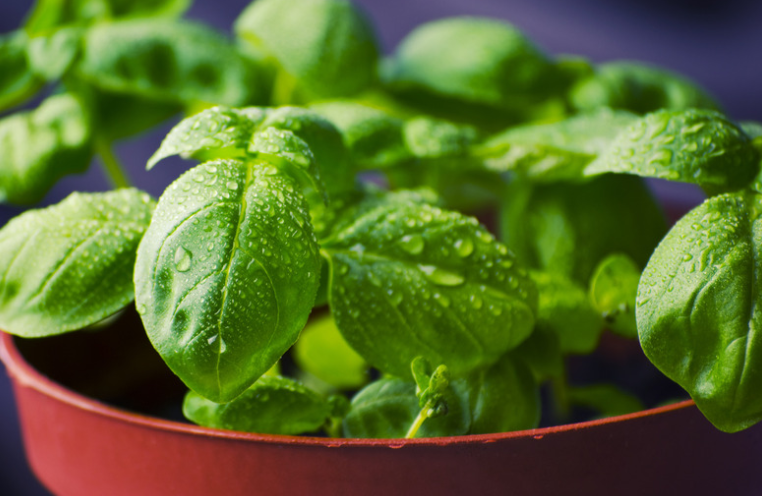
Plant Densely
While adequate spacing is important, you want companion plants close enough to properly assist each other. For pest control benefits, intersperse companion plants throughout the basil patch. Broadcast smaller plants around the base of larger ones. Succession plantings also boost density.
Trap Cropping
This tactic targets specific pests through companion planting. Trap crops lure the insects away from the main crop, keeping it safer from infestation. You can use mustard greens, nasturtiums and other plants preferred by common basil pests as trap crops in your garden scheme.
Use Flower Power
Don’t deadhead your flowers! Let basil and it’s companions bloom to attract pollinators for better fruiting and insectary habitat. Clover, calendula, buckwheat, yarrow and other flowers also make great companions to draw in beneficial fauna all season long with their sweet nectar.
Companion Planting Schedule for Basil
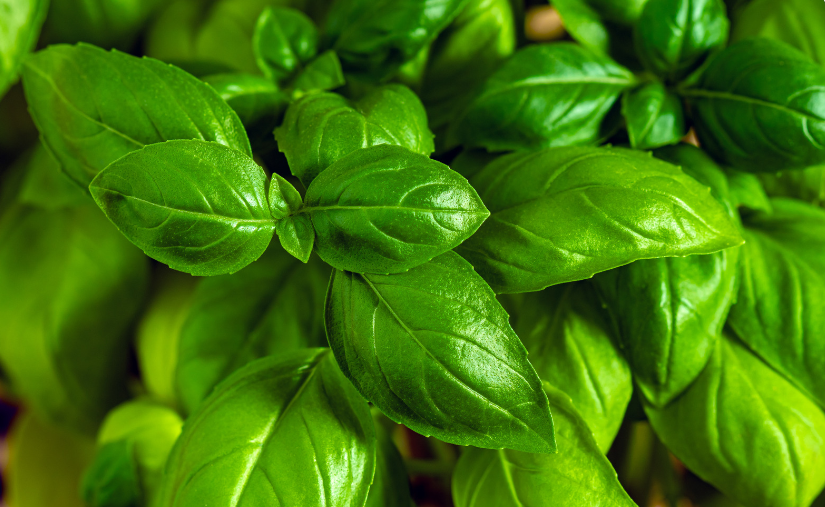
Proper timing is key when interplanting. Pay attention to mature plant sizes, days to maturity and sun requirements when deciding what to plant together and when.
Here is a general schedule for companion planting with basil:
Early Spring
- Sow lettuce, spinach, arugula and other salad greens around basil seedlings or transplants set out a few weeks after your last spring frost date once soil warms. These quick growers will be harvested by early summer before basil bushes out.
- Plant green manure cover crops like clover and buckwheat in aisle ways. They’ll cover bare ground, suppress weeds and boost soil fertility for basil later on.
Mid Spring
- Transplant basil with marigolds and nasturtiums once night temperatures stay above 50°F.
- Sow carrots and other root crops that don’t mind some shade around established basil plants. Time their maturity with basil’s peak summer harvest period.
Early Summer
- Transplant tomatoes, peppers, eggplant and pole beans after your last expected frost. Place these taller vegetables on the north side of basil beds so they don’t shade shorter herbs later on.
Mid Summer
- Succession plant bush beans, lettuce, arugula, kale and other faster-growing companions. Basil will provide beneficial shade for heat-sensitive greens at this point.
Late Summer & Fall
- Transplant overwintering alliums like garlic and onions next to mature basil. They’ll develop robust root systems through winter before actively growing next spring.
FAQs
Yes! Basil is known to improve both the growth and the flavor of tomatoes. It repels pests like hornworms, aphids and mosquitoes that attack tomato plants. And it’s scent and taste combine perfectly with tomatoes, especially in dishes like Caprese salad and pasta sauce.
Avoid planting basil near rue, sage or creeping thymes. Rue is aggressive and releases oils that may damage basil. And all three have extensive root systems that can invade and compete with basil’s space and nutrients.
Cucumbers and basil make great companions. As climbing vines, cucumbers can provide beneficial shade cover for basil in hot summer months. And aromatic basil helps repel cucumber beetles, aphids and other pests prone to attack this crop.
Yes, basil seems to repel aphids which tend to plague pepper plants. It’s scent confuses these sucking insects, sending them flying off to bother other plants. Peppers also don’t compete much with basil for space, nutrients or sunlight requirements.
As close botanical cousins in the aromatic mint family, oregano and basil make perfect companions with very similar growth habits and care needs. And they can infuse each other’s flavor in savory Mediterranean dishes like pasta sauce.


